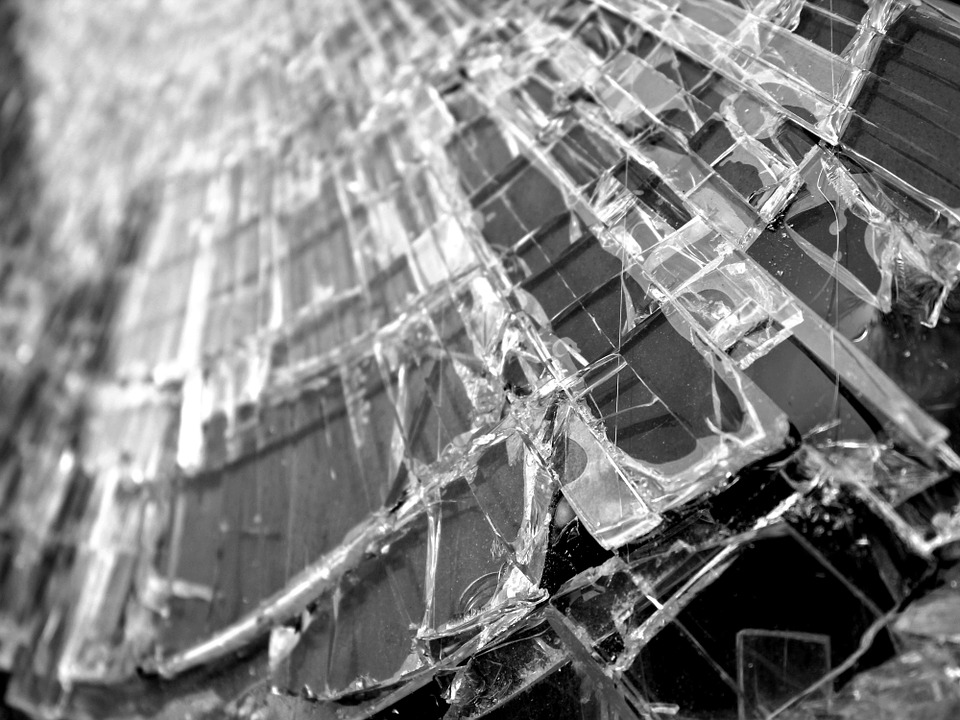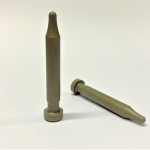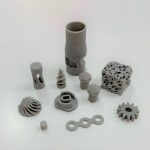High strength ceramic materials are pervasively utilized in demanding industrial applications, owing to their unique thermomechanical characteristics. Typically, advanced ceramics exhibit tightly-bound granular structures with extremely dense microstructural arrangements. This imparts varying levels of material strength and resistance to chemical attack, depending on the distinct chemical makeup of the ceramic.
Sialons are unique ceramic materials comprising of four constituent elements often alongside rare earth oxide sintering additives. Silicon (Si), aluminum (Al), oxygen (O), and nitrogen (N) are bound together in one of three distinct crystalline phases, exhibiting a broad range of high-performance thermomechanical properties. They directly compete with alternative technical ceramics such as alumina (Al2O3) and zirconium oxide (ZrO2).
This blog post will focus on the fracture toughness of ceramic materials.
Updated: This article, originally published on 31/10/18, has been updated with specifications for our latest Zirconia-based product Zircalon 30.

What is Fracture Toughness?
Fracture toughness is a mechanical property of materials that describes the ability to resist fracture. In engineering terms, fracture is defined as a form of material failure where a fails catastrophically under stress caused by an impact force. It is typically associated with the propagation of pre-existing flaws within the product, such as cracks, voids, and weld defects. It is not possible to guarantee that ceramic materials are entirely flaw-free following densification of the green body or machining of the net shape. As such, it is important to determine the linear elastic fracture mechanics of a material to determine its ability to resist fracture.
Ceramic materials are characterized with respect to fracture toughness by measuring the energy required for a defect of known dimensions to propagate and become a crack. An understanding of the material’s Young’s modulus and the length of the defect is required to measure what is known as the stress intensity factor.
- For more information about ceramic materials with high fracture toughness, read our article Comparing the Fracture Toughness of Zirconia Ceramics
Once these parameters have been acquired, it is possible to determine the fracture toughness of ceramic materials which is expressed in terms of force per unit of surface area (MPa m½).
The Importance of Fracture Toughness
As mentioned, fracture toughness is important because it is impossible to guarantee that flaws have been eliminated from products in almost any engineering application. Sialon ceramic materials are produced through pressureless sintering, which involves densifying ceramic powders in a nitrogen atmosphere at temperatures >1700°C (3092°F). These conditions are extremely demanding to maintain, and advanced ceramics are often very sensitive to sintering parameters, which can result in flawed end-products if sintering conditions are not well controlled.
Yet sialons exhibit good fracture toughness properties to ensure outstanding resistance to crack and void propagation. Syalon 101 is the strongest sialon ceramic available from International Syalons and it boasts a fracture toughness value of 7.7 MPa m½. This is eclipsed only by our Zircalon zirconia products, which exhibit the following fracture toughness qualities:
- Zircalon 5: fracture toughness of 8.0 MPa m½
- Zircalon 10: fracture toughness of 10.0 MPa m½
- Zircalon 30: fracture toughness of 10.0 – 15.0 MPa m½
Ceramic Materials from International Syalons
International Syalons is a ceramic materials specialist based in Newcastle, UK. We were established in the 1970s after conducting cutting-edge research into the practical development of sialon ceramics as an alternative to established silicon nitride materials.
- To learn more about our high fracture resistance materials, read Zircalon 30: A New Grade of Fracture-Resistant Zirconia for Welding
Or, if you have any specific problems feel free to contact us directly.



